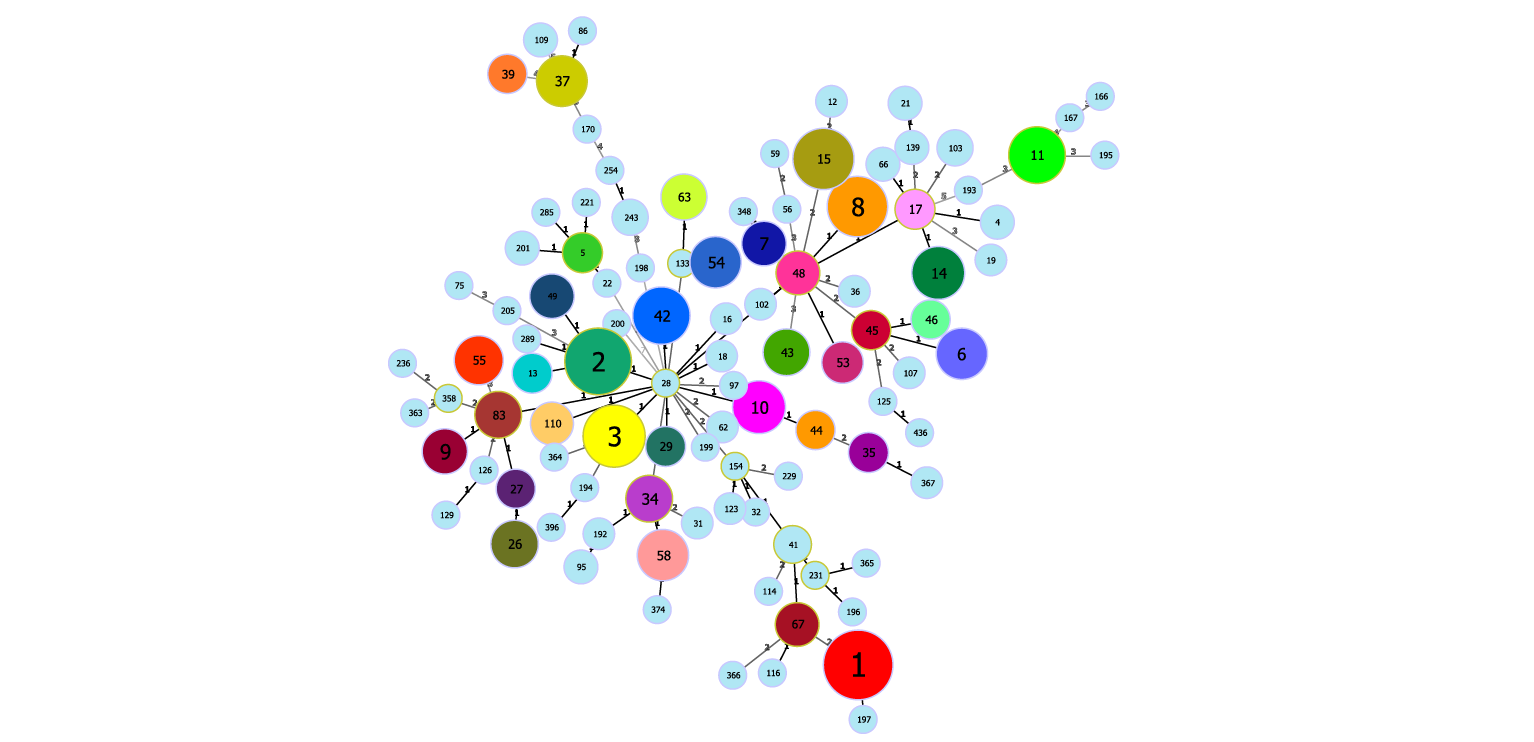Clostridioides difficile
History
Clostridioides difficile was first isolated in 1935 and was originally thought to be part of a healthy infant flora. Start with the name "Bacillus difficilis". The bacteria was carefully studied in 1970 and renamed Clostridium difficile. In 2016, the bacteria were reclassified and classified as Clostridioides difficile.
Species characteristics
Clostridioides difficile, also known as Clostridium difficile. Gram-positive bacteria, usually movable, can produce round spores, which are anaerobic bacteria, and the optimum growth temperature is 30-37 °C.
Pathogenicity
Clostridioides difficile causes perforation of the intestinal wall mainly through the production of TcdA and TcdB toxins, causing CDI symptoms. Among them, the role of TcdA is more potent in animal models, while TcdB seems to cause more enteritis. In recent years, a third type of toxin CDT has been discovered, belonging to the ADP-ribosylating toxin family. The role of this toxin is not clear, but it seems to be related to the adhesion of Clostridioides difficile and the enhanced colonization ability.
In addition to the toxin-encoding tcdA and tcdB, three genes responsible for the regulation of the production and secretion of two toxins (including tcdR, tcdE and tcdC) are directly related to Pathogenicity. The CDT toxin is encoded by two genes, cdtA and cdtB, which have recently been found to be associated with clinical isolates that cause severe CDI, such as strains with ribotypes of type 027 and 078.
Genome
The G+C content of genome sequence is around 28%, the earliest sequenced strain 630 Genome is 4.29M in size and contains a 7.8k plasmid. The Genome of Clostridioides difficile contains approximately 11% of mobile originals and has the potential to integrate multiple drug resistance genes.
As of July 2020, 1,873 Clostridioides difficile genomes have been published on NCBI, sequence files from GenBank。
Sequence type of Genome published on PubMLST: https://pubmlst.org/cdifficile

Sequence type

